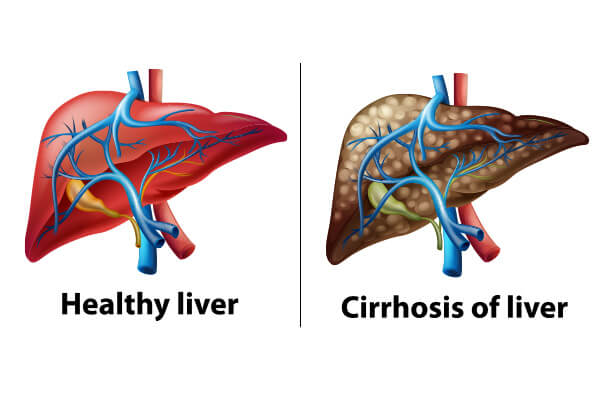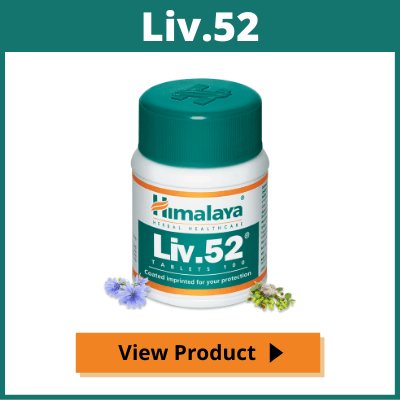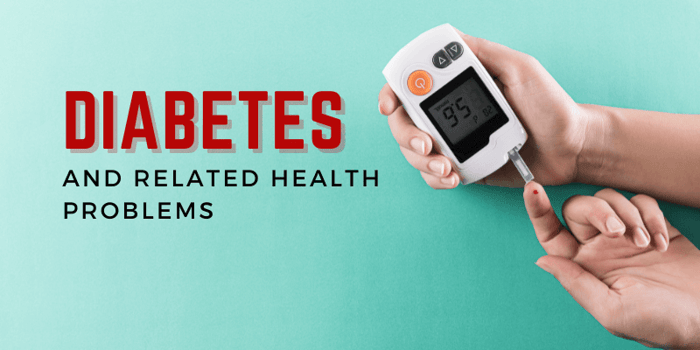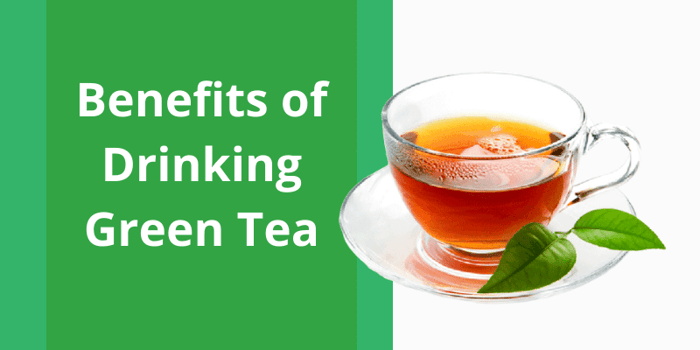In this blog post, we talk about the liver and its functions, Non-Alcoholic Fatty Liver Disease (NAFLD) and its symptoms, risk factors, and prevention steps.
Content:
- What is the liver? What are its functions?
- What are the common problems that affect the liver?
- What is Non-Alcoholic Fatty Liver Disease (NAFLD)?
- What is Non-Alcoholic Steatohepatitis (NASH)?
- What are the risk factors for NAFLD?
- What are the symptoms of NAFLD?
- How is NAFLD diagnosed?
- What are the steps to prevent NAFLD?
What is the liver? What are its functions?
The liver is the second largest organ in the human body, weighing on average about 1.6 kg.
Some of the well-known functions of the liver are:
- Manufacture essential proteins, and metabolize fats and carbohydrates
- Control the production and removal of cholesterol
- Make clotting factors, which stop excessive bleeding after cuts or injuries
- Release a substance called “bile”. The bile helps in digestion and absorption (taking in) of fats and the fat-soluble vitamins A, D, E, and K.
- Store iron, copper, and vitamins A, D, E, K, and B12
- Clear the blood of harmful waste products, drugs, and other poisonous substances
- Resist infection by producing immune factors and removing bacteria from the bloodstream.
What are the common problems that affect the liver?
Diseases that may affect the liver include hepatitis (inflammation of the liver), cirrhosis (scarring), fatty liver, and cancer.
The common causes of liver diseases are viruses (such as hepatitis A, B, C, D, or E), drugs, alcohol, as well as metabolic, immune system, and hereditary abnormalities.

What is fatty liver?
A normal liver contains about 5% fat. When the amount of fat exceeds 10%, healthy liver cells are replaced by fat cells. This condition is termed fatty liver or steatosis.
Another term used to describe this condition is fatty infiltration of the liver.
What causes fatty liver?
- Heavy use of alcohol
- Extreme weight gain
- High blood fats
- Diabetes mellitus
What is Non-Alcoholic Fatty Liver Disease (NAFLD)?
There are two basic types of fatty liver:
- In alcoholics, fatty liver marks the first stage of liver disease, which can gradually progress to cirrhosis if drinking continues.
- Non-alcoholic fatty liver disease (NAFLD) is a term used to describe the accumulation of fat in the liver of people who drink little or no alcohol.
What is Non-Alcoholic Steatohepatitis (NASH)?
In some people with NAFLD, the fat that accumulates can cause inflammation and necrosis (dying of liver cells).
The presence of dying liver cells and inflammation indicates a more severe form of fatty liver called Non-Alcoholic Steatohepatitis (NASH).
“Steato” simply means fat and “hepatitis” means liver inflammation. Patients with NASH have an increased risk of developing cirrhosis.
NAFLD & NASH – Facts and Figures
- The prevalence of NAFLD in India ranges between 5% and 28%, with a higher prevalence in those who are overweight or are obese and those with diabetes or prediabetes.
- 80% of patients with NAFLD are obese.
- NAFLD affects 40–70% of people with type 2 diabetes.
- NAFLD in children has increased in the last 10 years, with a prevalence of about 3–10% in normal weight children, which increases to 8–80% among overweight/obese children.
- About 2–3% of lean and 15–20% of obese adult individuals have NASH.

What are the risk factors for NAFLD?
A wide range of diseases and conditions can increase the risk of NAFLD, including:
- Obesity
- Type 2 diabetes
- Age: NAFLD is more common in people over 50 years. It is also more common in men.
- Hypertension (high blood pressure)
- High levels of cholesterol and/or triglycerides in the blood
What are the symptoms of NAFLD?
NAFLD usually causes no signs and symptoms. However, when the disease becomes advanced, it may cause a vague discomfort or pain in the upper right abdomen, fatigue, and rarely, nausea.
How is NAFLD diagnosed?
Following tests and procedures are used to diagnose NAFLD:
- Liver function test (LFT): A blood test that includes tests of liver enzymes. A person with NAFLD may have elevated liver enzyme levels.
- Imaging procedures: Ultrasound test, a computed tomography (CT) scan, or magnetic resonance imaging (MRI).
- Biopsy (liver tissue testing): If a more serious form of NAFLD is suspected, a needle liver biopsy is performed.
A long needle is inserted through the skin and liver, and a sample of liver tissue is removed.
This sample is then examined directly under a microscope. A liver biopsy will show that some people have NASH while others have simple fatty liver.
What are the co-existing diseases and associated complications?
People with NAFLD have a higher chance of developing type 2 diabetes and cardiovascular disease (this includes heart attack and stroke).
If NAFLD coexists with other liver diseases, it can make the other liver diseases worse.
What are the steps to prevent NAFLD?
A modified lifestyle is the first step towards the prevention of NAFLD:
- Maintain a healthy weight
- Choose a healthy diet
- Engage in regular physical activity
- Do not self-medicate and do not take unnecessary medication
- Limit alcohol intake
- Stop smoking
The use of herbal medicines in the treatment of NAFLD offers a unique treatment perspective to address and treat both the causes and symptoms of NAFLD.
Extensive research and testing on herbal ingredients by Himalaya have resulted in a unique herbomineral preparation, Liv.52.
It offers hepatoprotective actions as it contains Capparis spinosa (Himsra), Boerhaavia diffusa (Punarnava), Terminalia arjuna (Arjuna), Berberis aristata (Daruharidra), and Eclipta alba (Bhringaraja).
Note: The information in this blog post is not intended to be a substitute for professional medical advice. Do not use this information to diagnose or treat your problem without consulting your doctor.
ALL PICTURES SHOWN ARE FOR ILLUSTRATION PURPOSES ONLY.
Check out the General Health section for more blog posts on health, diet, and so on.
Explore the Himalaya Wellness blog for more useful articles.
 Himalaya Global Holdings Ltd. (Our Parent)
Himalaya Global Holdings Ltd. (Our Parent)





